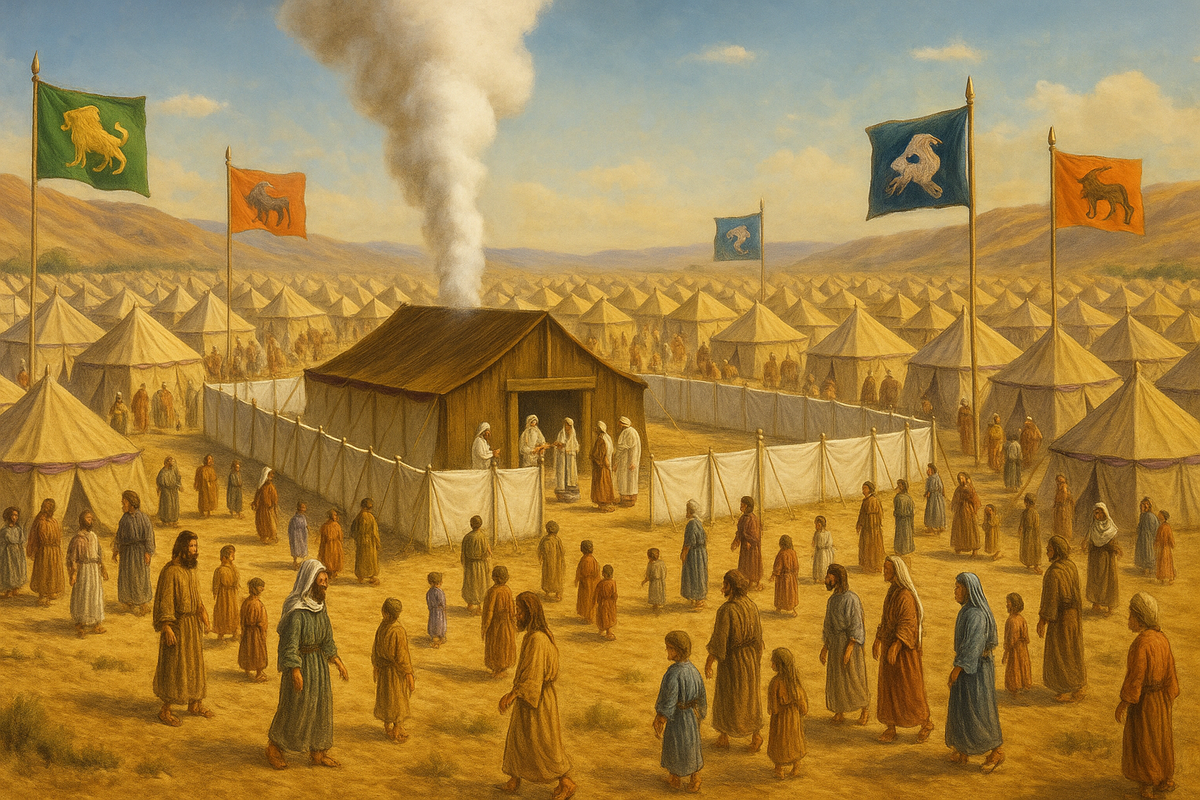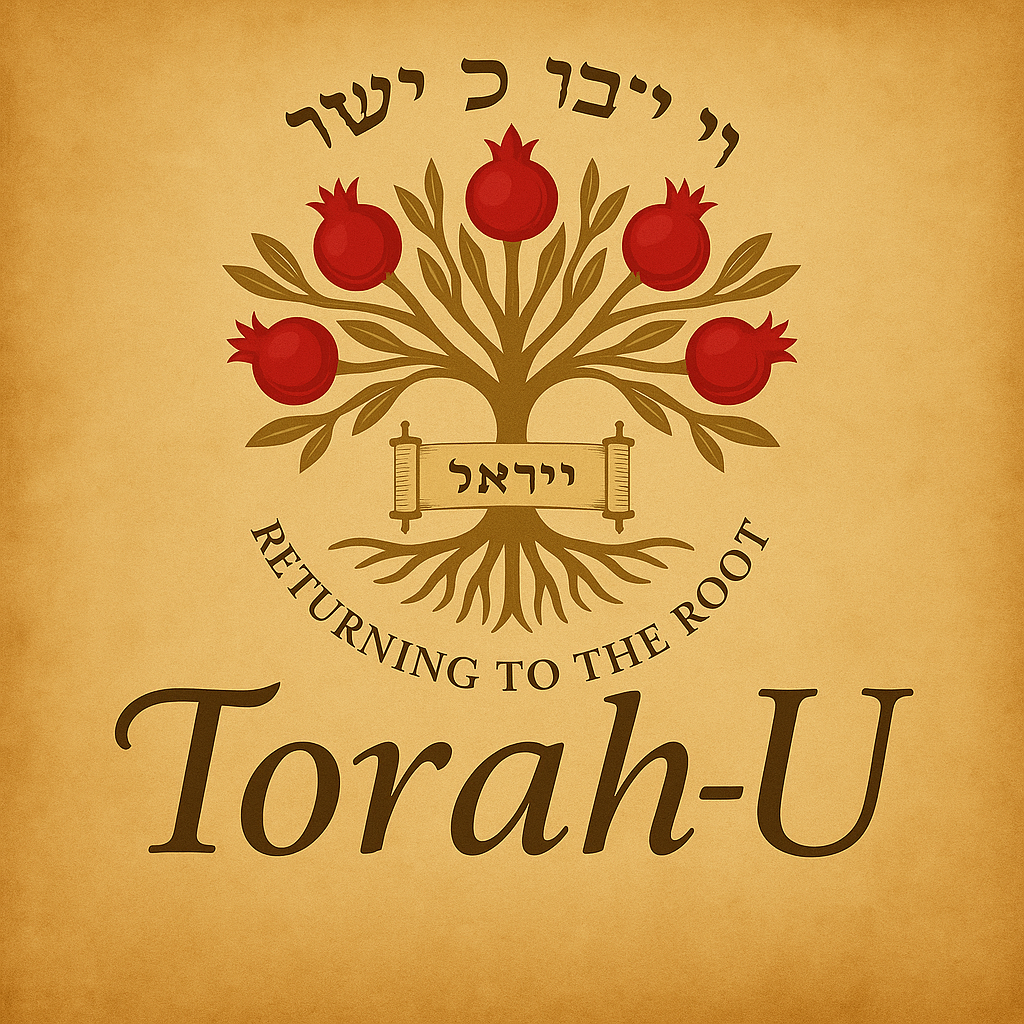The Encampment of Restoration

Like Israel in the wilderness, Torah‑U gathers as a people being restored to Yahweh. This is not a casual place—it is a sacred encampment, a dwelling space set apart for His presence.
In the desert, the tribes of Israel camped in ordered rows around the Tent of Meeting. Each tribe had its banner, each family its place, but at the very center stood the Mishkan—the dwelling place of the Elohim of Israel. The encampment itself was not a random crowd; it was a living testimony of order, unity, and holiness. The fire by night and the cloud by day were constant reminders that Yahweh Himself dwelt in the midst of His people.
The forty years in the wilderness were not wasted. They were years of refining—a generation stripped of Egypt, taught to trust, and trained to walk in obedience. The encampment became both a refuge and a crucible: a place where the unfaithful were purged, the faithful strengthened, and the people shaped to carry Yahweh’s covenant into the land.
So it is with Torah‑U today. We do not gather around a man, a doctrine, or a movement—we gather around the Elohim of Israel and His Torah. Each “tent” within Torah‑U has its place: spaces for teaching, study, discussion, prayer, music, and testimony. Like the ancient encampment, every tent is arranged with purpose—to draw us closer to Yahweh, not to ourselves.
📜 How Israel Camped in the Wilderness
• At the center stood the Mishkan (Tabernacle) and the Levites surrounding it.
• The tribes camped in four groups:
🔹 East: Judah, Issachar, Zebulun (Judah’s banner)
🔹 South: Reuben, Simeon, Gad (Reuben’s banner)
🔹 West: Ephraim, Manasseh, Benjamin (Ephraim’s banner)
🔹 North: Dan, Asher, Naphtali (Dan’s banner)
• Each tribe had its own banner and place, but all faced toward Yahweh’s presence.
➡️ Enter The Tent of the Meeting
